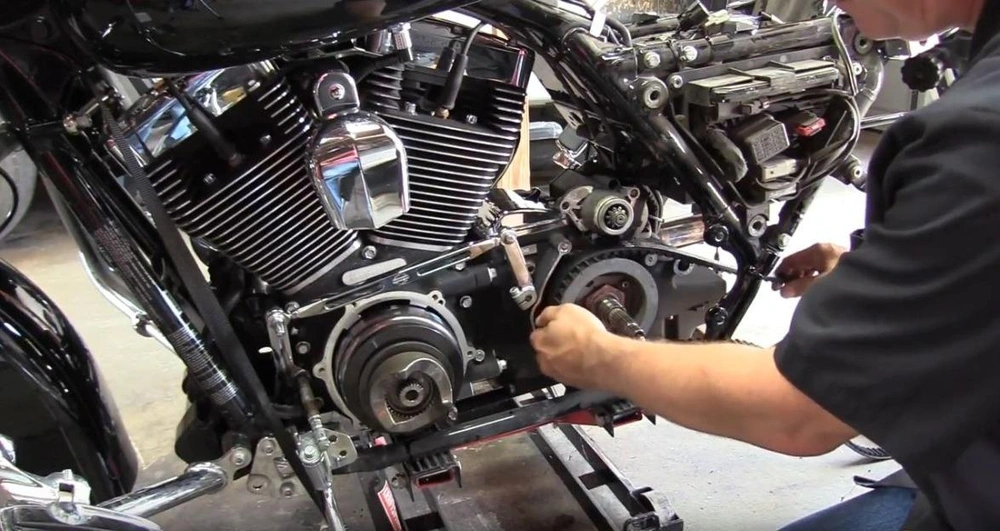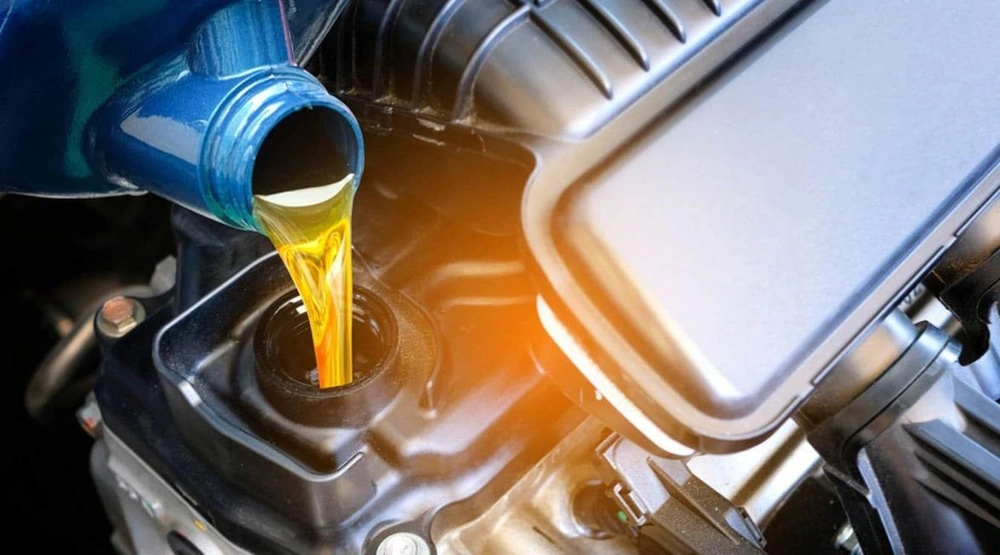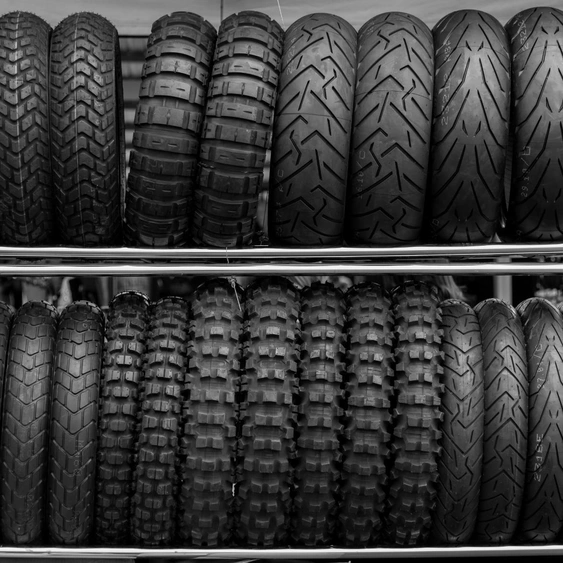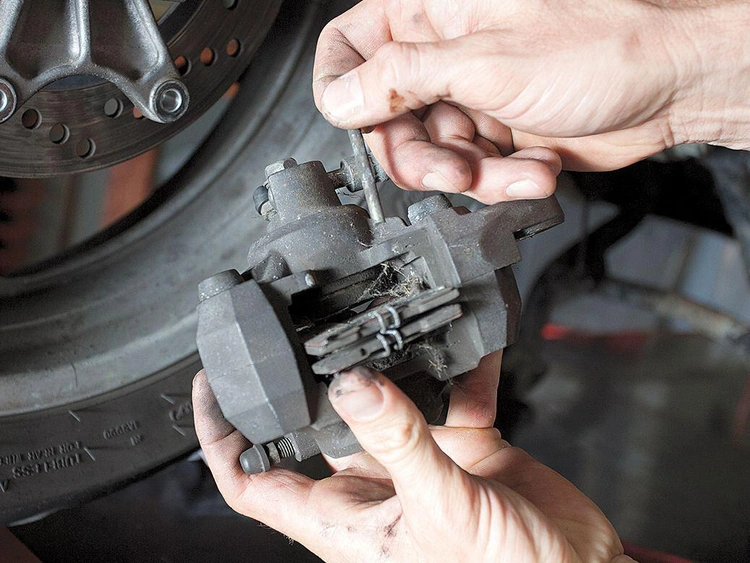Blog


Welcome to the official blog of Barnes Harley-Davidson®, your trusted dealership in Langley, Victoria, Kamloops, and Edmonton. Whether you’re a seasoned rider, a weekend enthusiast, or just starting your journey, our blog is your go-to source for everything related to motorcycles and the riding lifestyle.
Here, you’ll find a wide range of articles: essential maintenance tips to keep your motorcycle running smoothly, guides to help you choose your next ride, and insights into the latest trends and innovations in the motorcycle world. We also share recaps of local events and highlight Barnes Harley-Davidson®’s involvement in the riding community.
Our team of experts offers practical advice to help you make the most of every season on your motorcycle, from summer riding tips to winter storage solutions. Explore our new motorcycles and stay updated on exclusive promotions. If you have any questions or want to book a service, don’t hesitate to contact us. Follow our blog to stay connected with the motorcycle community and benefit from Barnes Harley-Davidson®’s expertise!


